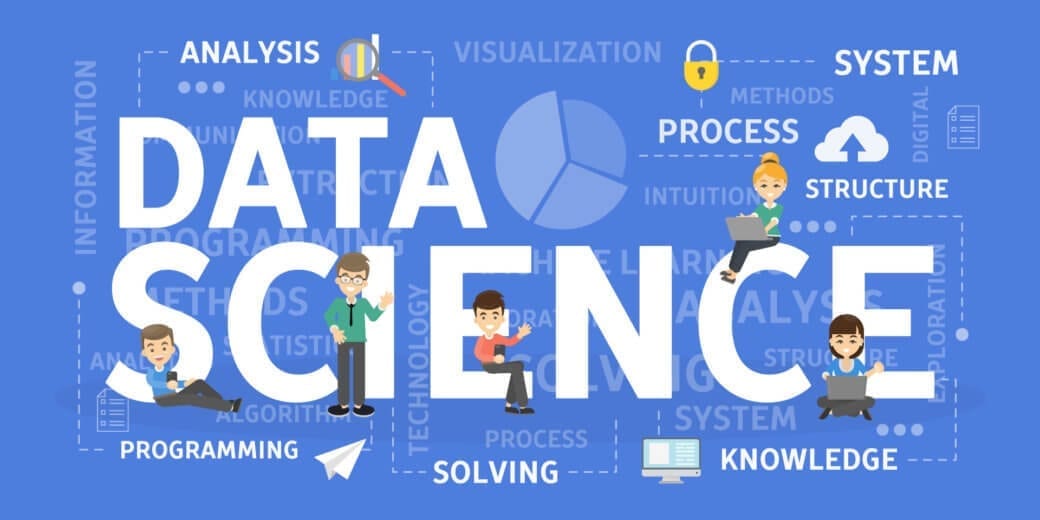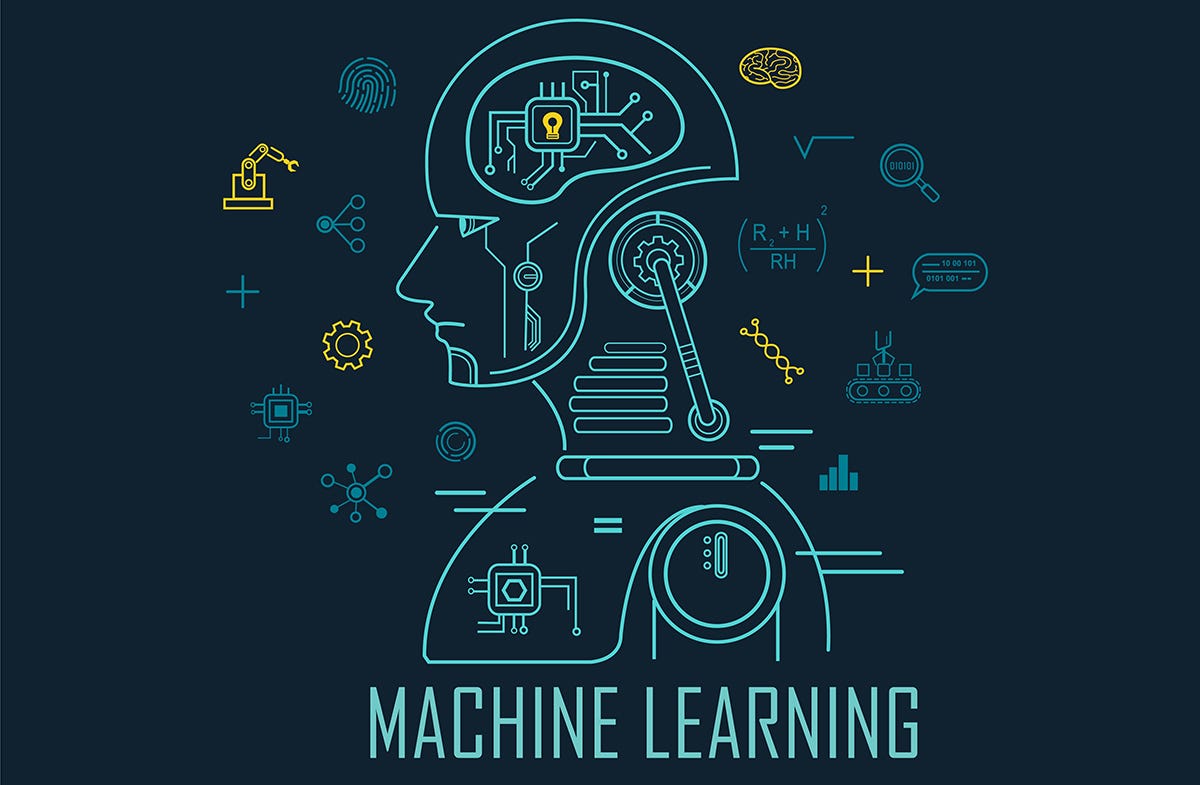While each has its specifications of definitions and classification, one aspect that seems to attract huge attention is the difference between data science and machine learning. Though they might appear to be closely connected, yet there are some aspects based on which we segment data science and machine learning. Keep aside your cloud of conceptions or rather misconceptions, and get along with us. We uncover the ideal aspects of machine learning and data science.
Data Science Vs Machine Learning: What Is Data Science?
To start with, let’s have a quick run-through at the meaning of data science? As believed by several researchers, data science is that branch of science which deals with the classification, analysis, and prediction of future events based on structured as well as unstructured data. The reason why there have been a lot of debates on the application of technology is that data science helps business leaders make smarter and informed decisions. By informed, we mean to say that leaders are now more aware of what the industry looks like, how the customer reacts to a particular product or an advertising campaign. The gathered information is in the form of data and that what helps in driving decisions. To put it this way, when a marketer knows what product a segment of users in a geographical area prefers, it becomes easier to target them while customizing the campaign. Moreover, given the fact that the present-day business has shifted from a product-oriented approach to a product plus service-specific approach, offering customers what they desire would ignite sales. In terms of a subject, data science employs several computer science disciplines such as statistics and mathematics while integrating techniques of cluster analysis, data mining, and visualization, plus machine learning. To sum up, data science helps transform data into a valuable resource and use it to benefit the business.
Data Science Vs Machine Learning: What Is Machine Learning?
Ok, so we have got an idea of data science is and how can we use the subject to enhance the business operations. Let’s, now move on to machine learning and see what it has for us. Machine Learning is a subset of artificial intelligence. Here, a class of data-driven algorithms is used to build significant software applications. Besides, these program-specific applications are capable of predicting future outcomes based on the data entered and analyzed. The prime idea behind machine learning is to develop significant applications that are capable of taking data as input and then apply statistical models on the same to predict the output. This output is then fed as an input to the application. Yes, this seems to be somewhere near data mining or predictive learning, but no, machine learning is different from them. It is true that all of these use the method of data scrapping to fetch significant data and then use it to predict future events, yet machine learning is a lot more pattern-driven and result-specific. Consider, that you have finished watching a horror web series on Netflix, and the next time you open the app, your home page already has recommendations of similar series. Attractive, right? Well, this was nothing but machine learning in action. As a subject, you need to have hands-on experience in statistics and probability, several technical skills related to coding and programming languages, backed by data evaluation and modeling skills. Now, let’s move on to the differences between the two technologies; Data Science and Machine Learning.
Key Differences Between Data Science Vs Machine Learning
One thing to keep in mind is the fact that data science is all about data analysis and a better visual representation of data to predict behavior. On the contrary, machine learning deals with making smarter machines like learning algorithms and real-time experience to predict future outcomes. To conclude, one is data specific, while the other is learning specifically. Sounds good? Let’s have it this way. Suppose you want to buy a smartphone and visited this eCommerce website. You applied several filters based on your preferences and choices, and then, you selected a few models. Then finally, you end up with the final choice. Now as you scroll down the page, you see several recommendations stated by other users who purchased the same. And what’s that? How come the website knows what else would you like to purchase along with the smartphone? Is the owner spying on you? No! They are spying on data and not only you. Moreover, they are spying all of the users using the website. Every quintillion bytes of data gets generated. This data is used to determine the likelihood of what is purchased along with what. Here is the implication of what we call data science. From gathering to cleaning, filtering, and structuring, data science builds a model for making recommendations and suggesting user behavior. And how do you build the model? Yes, you got that right, through machine learning. The algorithms forming the base of machine learning is used to study user behavior and draft an understanding of how and what drives the user to take certain actions. Perfect? Yes, they work in conjunction to aid the final result. However, their set of components differs and in a huge sense.
Components Of Data Science
Data collection and profiling – ETL (Extract Transform Load) pipelines and profiling jobs. Distributed computing – Horizontal distribution of scalable data followed by processing. Automating intelligence – Automated models of ML models to provide support to online responses and fraud detection. Data visualization – Explore visual data to give better intuition. Dashboards and BI – Predefined dashboards having the capabilities of slicing and dicing for higher-level stakeholders. Data engineering – Aiding accessibility of hot and cold data. Includes covering security, data backup, disaster recovery. Deployment in production mode – Migrate system into production adhering to the best of industry standards. Automated decisions – The above comprise of running business logic on data or using a complex mathematical model via the ML algorithm.
Components Of Machine Learning
Understand the problem – Machine learning starts with knowing what the exact problem is and finding ways to solve the same. Explore Data – Attain the intuition of features to be used to solve a problem using the model of machine learning. This might necessitate multiple iterations. Here, ML plays a major role. Prepare data – Preparation of data is an important stage as it affects the accuracy of the model developed. Issues such as finding missing data or restraining one, replacing the dummy value with zero, or the mean values of others, or drop the feature from the said model are dealt with. Several techniques, like the one of polynomial feature generation, will be used here to derive newer and additional features. Select a model and train – The basis of the selected model is the problem in hand (prediction, classification, etc.) along with the kind of featured set.
Performance Measurements Of Data Science
In particular, the data science performance, as measured, is not standardized and might vary depending on the case. The core elements that determine the above include:
Data timeliness Data quality Querying capability Concurrency limits in data access Interactive visualization capabilities\
Performance Measurements Of Machine Learning
In opposition to the above, the methods of measuring the performance of machine learning are precise and pretty clear. Furthermore, every algorithm has its unique set of indicators, suggesting whether or not, the application was successful. Also, the performance indicates if the algorithm used was capable of learning from the given data, and if yes, to what extent?
Data Science Vs Machine Learning: Future Trends
Now that you have crossed all the machine learning and data science meaning and the how and where of their uses, knowing what they aim to attain in the next five to ten years would be pretty enticing. Data science and machine learning are no longer a buzz word. Besides, they already penetrated deep in the digital world and across all business verticals laying tremendous impact on the overall economy. From rising in the usage of robots to the inception of cognitive thinking, both data science and machine learning have a long way to go. The industry has tremendous potential for growth. Every industry that has added the technology or planning to integrate both machine learning and data science will propel. Automation is expected to rise and revolutionize the workforce. With more power to data, marketers are customizing products and industries are using it to target cross-boundary clients. Besides, leaders are using it to manage their business engagement. Moreover, every sector is taking a step forward to dive into the sea of technological transformation and make use of the same to stay ahead of the customers and outshine in the competitive world.

